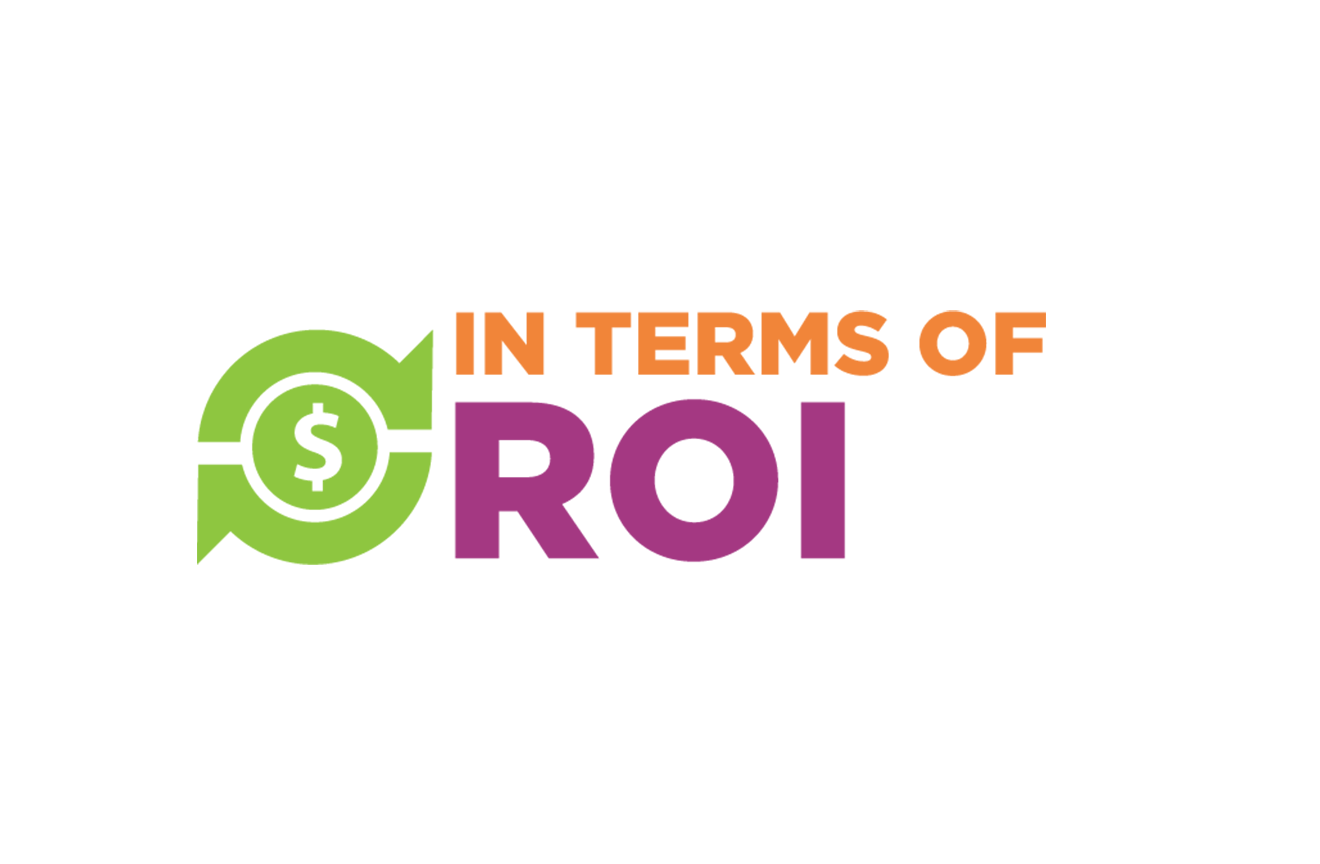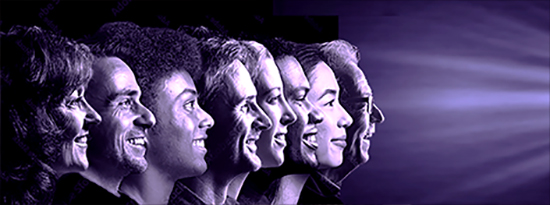Attention Is Not Enough Without Persuasion

With all of the great work going on in the attention area, we would not want to do anything to slow us down. Yet, if we continue in our present course, there is danger in fixating on attention as the one thing that will save us. This could do more harm than good. The purpose of this article is to put attention in perspective so our course forward as the marketing industry will result in maximized brand growth on both the product and media sides.

Long ago, David Ogilvy put down attention as something he could achieve with little effort. His hypothetical example to explain his position was an ad showing a gorilla wearing a jock strap. This would garner lots of attention but the end result for the brand was unlikely to be acquisition of new customers.
Peter Drucker and Byron Sharp each in their own way have taught marketers that nothing is more important than gaining new customers.
Digital brought hundreds of thousands of new people into the marketing business who have no knowledge of anything that might have happened in marketing in the 20th Century.
In fact the word “persuasion” is rarely used today even by people who learned it in the prior century. Just as a quick review, the word persuasion in the context of advertising and marketing means to change the predisposition of a person to buy or not to buy a given brand.
In WWII many of the people who went into advertising after the war helped the war effort by studying how to change other sorts of predispositions. At the time this was called propaganda warfare by some, and psychological warfare by others. Hitler had shown the world just how powerful persuasion could be.
At Grey Advertising in the Mad Men era, Al Achenbaum and Russ Haley proved that attitude shift (the term they preferred to "persuasion") was just as measurable as day-after ad recall, and much more correlated with subsequent purchase behavior. Frank Gromer a couple of years later at Foote, Cone & Belding replicated their results across all forty brands he studied. These pioneers changed the industry from using day-after ad recall as the primary measure of an ad’s effectiveness, to attitude shift, which later came to be called persuasion.
Remembering none of this, today’s industry has jumped on attention as the key quality to be improved by new media selection practices. This is a good thing and can only help. However, as Adelaide founder CEO Marc Guldimann has oft pointed out, optimizing for attention would not necessarily maximize other Key Performance Indicators (KPIs), and Adelaide optimizes for whatever KPI the client wants, and does so using attention prediction and algorithms that reflect observed relationships from past campaigns between attention and that chosen KPI.
However, attention is a gateway condition, a threshold. You must get past the inattention barrier to tell your story and persuade. And, as Karen Nelson-Field says, “while accepting any KPI a client wants is cordial, without understanding the nuances and biases of the KPI, these measures can inadvertently train algorithms on measures of the sample bias versus attention (i.e. brand users/non users – see Jenni Romaniuk, Better Brand Health, 2023).”
But if your ad does not persuade, getting attention will not do you any good if your KPI is incremental new customer sales. Attention might get you the reminder effect needed to bring back the memory of an ad for that same brand, an ad which did persuade you sometime ago to start buying that brand, and so the reminder effect might re-persuade you to stick with the brand. That wouldn’t be growing the brand the way Drucker and Sharp have so famously urged.
So it would be better if your processes of creative development and media selection maximized both attention and persuasion. This would not only keep your current customers but also attract new ones.
What about ad recall? Ad recall has not gone away. It played a reduced role for decades, but has been rediscovered by the latest generations of marketers. Like attention, it is another gateway condition, necessary but not sufficient to cause change in predisposition. Until you get persuasion, you can only remind those who were persuaded in the past. Not growing a brand but at least plugging some leaks in the bucket.
Part of the problem is the drunk and the street lamp tendency. The unusual name I give this tendency comes from the joke about the drunk who was looking for his dropped car keys under a street lamp. A bystander asks which is his car, and the drunk points down the street aways. The straight man asks why the drunk isn’t looking by his car, and gets the response that it’s easier to see things over here.
Or, as Abe Maslow said, "If the only tool you have is a hammer, you tend to see every problem as a nail." The tools that are popular today at universities and in marketing include eye tracking, biometrics, neuro, and verbal response, and these greatly favor measuring attention. Persuasion strikes most neuroscientists as being a much harder, more complex problem. In the 1960s the fact that semantic differential scaling was predictive of sales response, beating ad recall by far in its correlation with sales, is not a factoid remembered in the halls of academe or even in the big agencies. Too much time has passed with not too many people interested in such esoterica anyway. Esoterica with major pragmatic implications, however.
Other than hiring track record copywriters, art directors and commercial producers whose work has not just won awards but increased sales, what can you do to put more persuasion into your campaigns?
If you know your target, find out what persuades them, including types of product features they like, and what they care about in life, and associate your brand with those things (product features/benefits as well as brand imagery attributes e.g. altruism, used by celebrities, etc.) in emotional ways in your ads. When predispositions change, approach (positive) emotions have typically been evoked (rather than just avoidance emotions).
And in media selection, you can include two more variables in your optimization planning and buying:
- Does the media context resonate with the ad?
- Does the addressable ID resonate with the ad?
My company RMT (Research Measurement Technologies) is the leader whose technology has been multiply proven by third parties to achieve these two things for you.
Wouldn’t it be great, then, to be able to put attention and persuasion together, in AI cutting-edge media practices? Fortunately, the original pioneer in today’s attention economy, Professor Karen Nelson-Field and her company Amplified Intelligence, and RMT are now putting their technologies together for clients who would like to go both ways, maximizing both attention and persuasion. More on this in the future.
It has always been my MO to wrack my brain to grok what is needed, and to build at least a working system before advising people, so there can be quick wins for brands. In this case, both systems are working, and we are now integrating them for charter clients.
This "cocktail" approach (combining metrics to maximize predictivity of incremental sales effect) was hailed by many during the final Attention panel at the April AUDIENCExSCIENCE Conference. This will be the first instantiation of it.
Posted at MediaVillage through the Thought Leadership self-publishing platform.
Click the social buttons to share this story with colleagues and friends.
The opinions expressed here are the author's views and do not necessarily represent the views of MediaVillage.org/MyersBizNet.


